Fault Condition: The Electronic Malfunction Lamp (EML) will turn on and PID 102 will set when the EMS Module senses that the Boost Pressure and Temperature Sensor signal voltage is less than 0.15 volts or greater than 4.75 volts. If the Boost Air Pressure/Temperature Sensor voltage is between 0.15 volts and 4.75 volts, the fault will become inactive.
Possible repairs:
Turn the ignition key OFF first.
1) Disconnect the Boost Air Pressure/Temperature Sensor. Disconnect Engine Management System (EMS) Module connector A. Check for continuity between pin 4 on the harness side of the Boost Air Pressure/Temperature Sensor and a good ground. If continuity exists, locate and repair the short to ground and retest the system.
2) Disconnect the Boost Air Pressure/Temperature Sensor. Disconnect Engine Management System (EMS) Module connector A. Check for continuity between EMS Module connector A pin 7 and Boost Air Pressure/Temperature Sensor harness connector pin 3. If there is NO continuity, locate and repair the open between Boost Air Pressure/Temperature Sensor connector pin 3 and EMS Module connector A pin 7.
3) Disconnect the Boost Air Pressure/Temperature Sensor. Disconnect Engine Management System (EMS) Module connector A. Measure the voltage between EMS Module connector A pin 22 and a good ground.
If there is NO voltage present, and FMI 3 is still set, replace the EMS Module and retest the system. If voltage is measured, the signal line is shorted to voltage, locate and repair the short to voltage and retest the system.
4) Disconnect the Boost Air Pressure/Temperature Sensor. Disconnect Engine Management System (EMS) Module connector A. Check for continuity between EMS Module connector A pin 22 and Boost Air Pressure/Temperature Sensor harness connector pin 4. If continuity exists, replace the Boost Air Pressure/Temperature Sensor and retest the system. If PID 102 is still set, replace the EMS Module. If there is NO continuity, locate and repair the open in the Boost Air Pressure/Temperature Sensor signal line.
5) Disconnect the Boost Air Pressure/Temperature Sensor. Disconnect Engine Management System (EMS) Module connector A. Check for continuity between EMS Module connector A pin 7 and a good ground. If continuity exists, locate and repair the short circuit to ground in the voltage reference line. If there is NO continuity, check the EMS terminal contact at A7. If it is OK, reconnect the Boost Air Pressure/Temperature Sensor and the EMS Module connector and retest the system. If PID 102 is still active, replace the EMS Module.
6) Disconnect the Boost Air Pressure/Temperature Sensor. Disconnect Engine Management System (EMS) Module connector A. Measure the voltage between EMS Module connector A pin 7 and a good ground.
If there is NO voltage present, reconnect the Boost Air Pressure/Temperature Sensor connector and the Engine Management System (EMS) Module connectors and retest the system. If code PID 102 is still set, replace the EMS Module. If voltage is measured, the Boost Air Pressure/Temperature voltage reference line is shorted to voltage. Locate and repair the short circuit to voltage.
7) Disconnect the Boost Air Pressure/Temperature Sensor. Disconnect Engine Management System (EMS) Module connector A. On the harness side of the Boost Air Pressure/Temperature Sensor connector, check for continuity between EMS Module connector A pin 11 and Boost Air Pressure/Temperature Sensor connector pin 1. If there is NO continuity, there is an open in the sensor return line. Locate and repair the open circuit.
8) Replace the Boost Air Pressure/Temperature Sensor. Turn the ignition key ON. If PID 102 is still active, reinstall the original Boost Air Pressure/Temperature Sensor and replace the Engine Management System (EMS) Module. If PID 102 is NOT present, replacing the Boost Air Pressure/Temperature Sensor has solved the problem. Check all connectors to ensure proper connections.


 AGCO
AGCO ALLISON
ALLISON BENDIX
BENDIX BOBCAT
BOBCAT CAT
CAT CLAAS
CLAAS CNH
CNH DAF
DAF DETROIT
DETROIT EATON
EATON FREIGHTLINER
FREIGHTLINER HINO
HINO HITACHI
HITACHI ISUZU
ISUZU JCB
JCB JOHN DEERE
JOHN DEERE JPRO
JPRO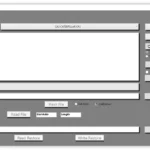 MAGIC TUNER
MAGIC TUNER MAN
MAN Navistar
Navistar PACCAR
PACCAR PERKINS
PERKINS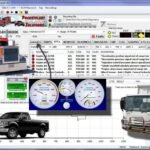 PF DIAGNOSE
PF DIAGNOSE PSI POWERLINK
PSI POWERLINK RENAULT
RENAULT SCANIA
SCANIA THERMO KING
THERMO KING UD NISSAN
UD NISSAN VOLVO
VOLVO WABCO
WABCO ZF TESTMAN
ZF TESTMAN
 BELL
BELL BENDIX
BENDIX BOBCAT
BOBCAT CARRIE
CARRIE DAF
DAF DETROIT
DETROIT EATON
EATON FUSO
FUSO MACK
MACK
 Cumminz
Cumminz ISB4.5 CM2150
ISB4.5 CM2150 All Engines (2017 Emissions)
All Engines (2017 Emissions) PACCAR
PACCAR




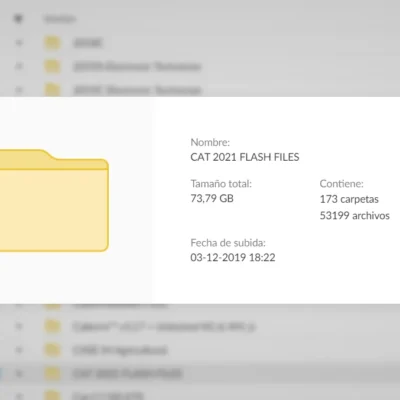

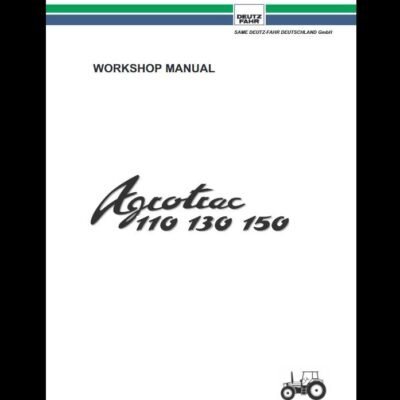



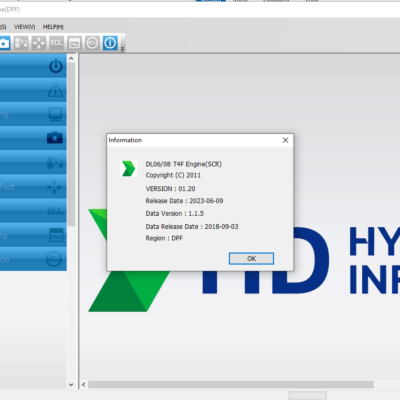
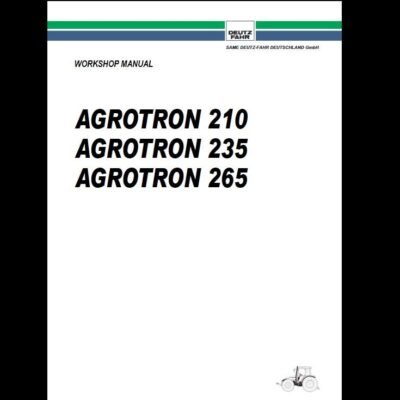
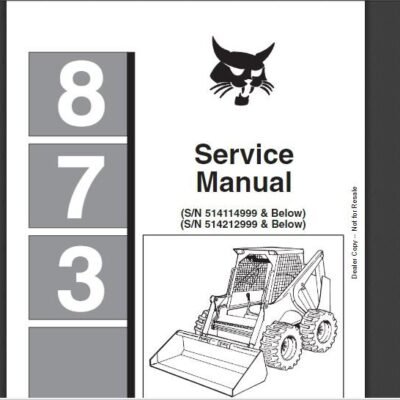
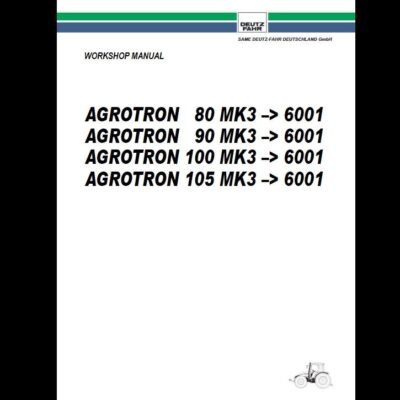

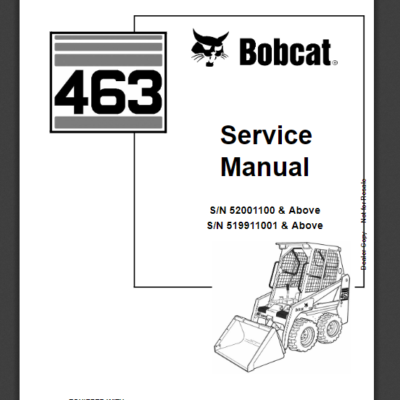
Reviews
Clear filtersThere are no reviews yet.